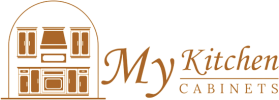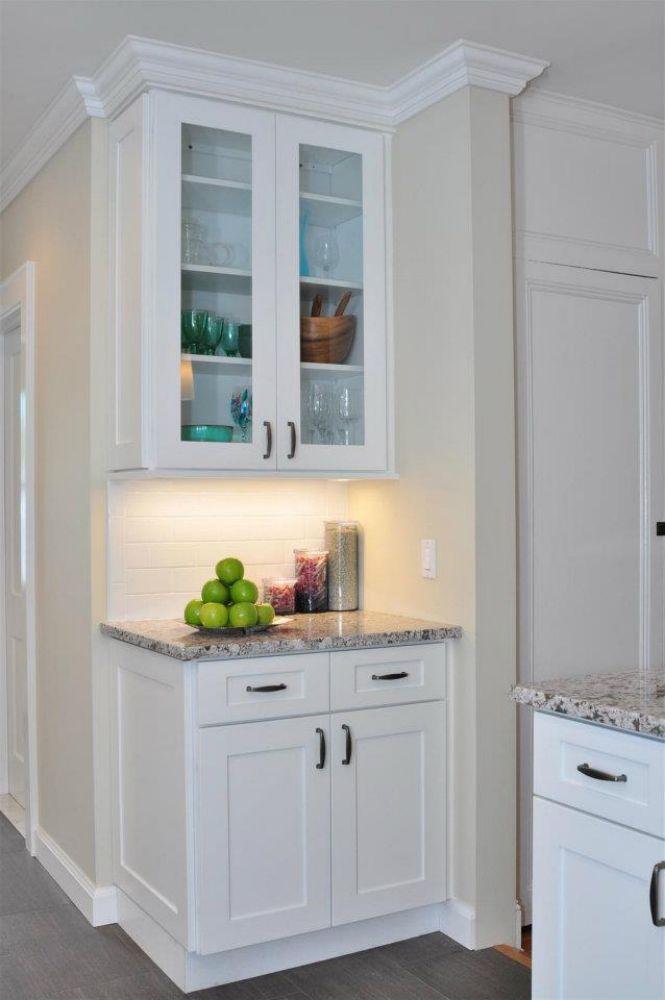Introduction to Installing Forevermark Cabinets
Installing cabinets, whether in a kitchen, bathroom, or other space, requires careful planning, preparation, and the right set of tools. Forevermark Gramercy White cabinets are known for their durability, smooth finish, and versatile design, but to achieve a professional-looking installation, using the proper tools is essential.
Understanding which tools are needed helps homeowners, DIY enthusiasts, and professional installers complete the project efficiently, reduce errors, and protect the cabinet finish from damage. This article provides a comprehensive guide on the essential tools required to install Gramercy White cabinets, including tips for setup, installation techniques, and considerations for a successful outcome.
Measuring and Planning Tools
Accurate measurements are critical before beginning any cabinet installation. Even minor errors can lead to misaligned cabinets, uneven countertops, and an overall unprofessional appearance. Essential measuring and planning tools include:
-
Tape Measure: A high-quality, sturdy tape measure ensures accurate measurements of walls, cabinet widths, and spaces for appliances.
-
Level: A reliable level, preferably a laser or spirit level, helps ensure cabinets are installed perfectly horizontal or vertical.
-
Stud Finder: Necessary to locate wall studs for securely anchoring the cabinets.
-
Pencil and Notepad: For marking measurements, cabinet positions, and reference points on walls.
-
Square Tool: A carpenter’s square ensures corners and cabinet edges are aligned at 90-degree angles.
Proper planning and measurement help prevent mistakes that can lead to uneven gaps, misaligned doors, or poor countertop installation.
Cutting and Drilling Tools
Installing Gramercy White cabinets may require cutting or drilling for adjustments, mounting, or installing additional hardware. Tools in this category include:
-
Power Drill and Drill Bits: Essential for drilling pilot holes, screwing cabinets into walls, and attaching hardware. Various drill bits are needed for different screw sizes.
-
Jigsaw or Circular Saw: Useful for cutting panels or trimming cabinet bases to fit uneven walls or floors.
-
Hole Saw Kit: Needed for creating openings for plumbing, electrical outlets, or sink cutouts.
-
Screwdriver Set: Both manual and powered screwdrivers are helpful for precise adjustments and hardware installation.
Using proper cutting and drilling tools ensures clean edges and prevents damage to the cabinet panels.
Fastening Tools and Hardware
Securing cabinets to the wall and to each other requires the right fasteners and tools. Key items include:
-
Cabinet Screws: Designed for heavy-duty use, these screws anchor cabinets to wall studs securely.
-
Wood Shims: Small pieces of wood help level cabinets on uneven floors and maintain spacing.
-
Clamps: Useful for holding cabinets together temporarily while attaching or leveling them.
-
Brackets or Mounting Plates: Provide extra support for wall-mounted cabinets or heavy units.
These fastening tools help maintain cabinet stability, prevent sagging, and ensure a professional finish.
Alignment and Leveling Tools
Achieving a straight, aligned cabinet installation is critical for both aesthetics and functionality:
-
Laser Level: Projects a straight line across the wall, ensuring cabinets are installed at the correct height and alignment.
-
Spirit Level: Useful for smaller adjustments, verifying vertical and horizontal alignment.
-
Plumb Bob: Traditional tool to ensure wall-mounted cabinets are vertically aligned.
-
Measuring Squares and Spacers: Maintain consistent gaps between cabinets for doors, drawers, and moldings.
Proper alignment tools prevent misaligned cabinets, crooked doors, and uneven countertops.
Safety Equipment
Safety is crucial during cabinet installation to prevent injuries and protect the cabinet finish:
-
Safety Glasses: Protect eyes from dust, debris, or accidental splinters while cutting or drilling.
-
Work Gloves: Prevent cuts, scrapes, and reduce the risk of damaging the cabinet finish.
-
Dust Mask: Essential when cutting MDF or plywood to avoid inhaling fine dust particles.
-
Hearing Protection: Useful when using power tools like drills or saws for extended periods.
Using safety equipment reduces the risk of accidents and ensures a smooth installation process.
Installation Accessories
Some additional accessories are helpful during installation:
-
Painter’s Tape: Protects cabinet surfaces during installation and marking.
-
Rubber Mallet: Allows gentle adjustments without denting or scratching the cabinet finish.
-
Leveling Legs or Adjustable Feet: Useful for base cabinets to compensate for uneven floors.
-
Caulk and Sealant: Used to seal gaps between cabinets, walls, and countertops for a finished appearance.
These accessories help achieve a professional look while protecting the Gramercy White cabinet finish.
Tips for Installing Gramercy White Cabinets
Installing cabinets correctly requires more than just tools—it also requires proper technique:
-
Pre-Assembly: If cabinets come in separate pieces, assemble doors and drawers first to make wall attachment easier.
-
Wall Preparation: Ensure walls are clean, smooth, and marked with stud locations.
-
Leveling: Start with base cabinets and level each one individually using shims as needed.
-
Securing Cabinets: Attach cabinets to wall studs using cabinet screws, starting with corners and moving outward.
-
Aligning Upper Cabinets: Use a laser level to mark a consistent top line and ensure all wall cabinets are installed at the same height.
-
Hardware Installation: Attach handles, knobs, and soft-close hardware after cabinets are installed to prevent damage.
-
Final Adjustments: Check door alignment, drawer slides, and gaps, making minor adjustments as necessary.
Proper technique, combined with the right tools, ensures a smooth, professional installation and long-lasting performance.
Comparing DIY vs Professional Installation
-
DIY Installation: With the correct tools, a homeowner with basic carpentry skills can install Gramercy White cabinets. Preparation, patience, and careful measuring are essential.
-
Professional Installation: Hiring an experienced installer guarantees precision, especially for complex layouts, custom adjustments, or floating designs. Professionals have all tools ready and experience handling high-end cabinets like Gramercy White.
While DIY can save money, professional installation ensures longevity, proper alignment, and protection of the cabinet finish.
Conclusion
Installing Forevermark Gramercy White cabinets requires careful planning, accurate measurements, and the right set of tools. Essential tools include measuring and leveling instruments, cutting and drilling equipment, fastening hardware, alignment devices, safety gear, and installation accessories. With proper preparation and technique, Gramercy White cabinets can be installed efficiently, providing a durable, elegant, and functional storage solution.
Whether opting for a DIY approach or professional installation, using the recommended tools and following proper installation steps ensures the cabinets maintain their aesthetic appeal, structural integrity, and long-term performance. Careful attention to detail, protection of cabinet surfaces, and precise alignment are key to achieving a successful Gramercy White cabinet installation.
Frequently Asked Questions
Q1: Do I need professional tools to install Gramercy White cabinets?
A: While basic tools like a drill, level, and screwdriver are sufficient for DIYers, laser levels, clamps, and other professional tools can make installation easier and more precise.
Q2: Can I install Gramercy White cabinets alone?
A: Small installations may be possible for one person, but having a helper is recommended for lifting, leveling, and securing cabinets.
Q3: Are there special tools needed for floating Gramercy White vanities?
A: Yes, additional brackets, wall anchors, and level supports are necessary to secure floating cabinets safely.
Q4: How important is a stud finder for cabinet installation?
A: Very important. Anchoring cabinets directly into wall studs ensures stability and prevents sagging or detachment over time.
Q5: What safety equipment is recommended during installation?
A: Safety glasses, gloves, dust masks, and hearing protection are essential to protect yourself while cutting, drilling, or handling cabinets.

